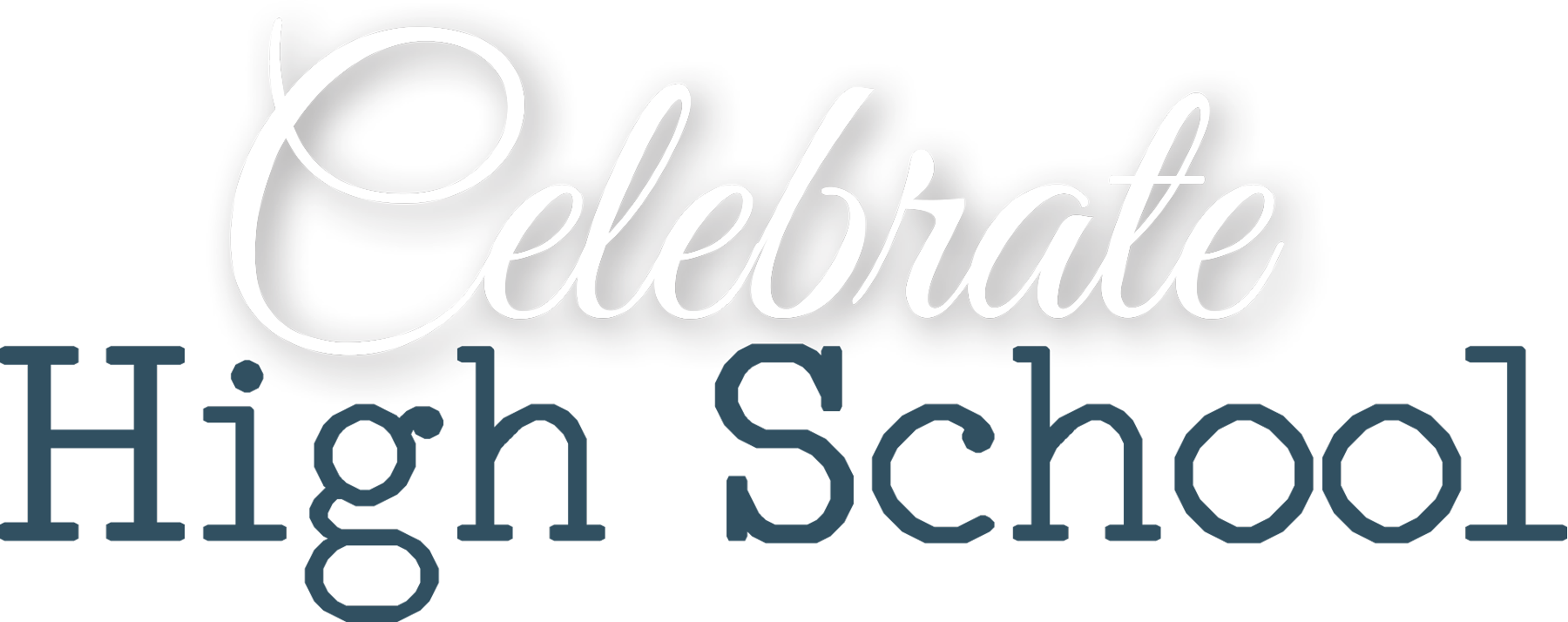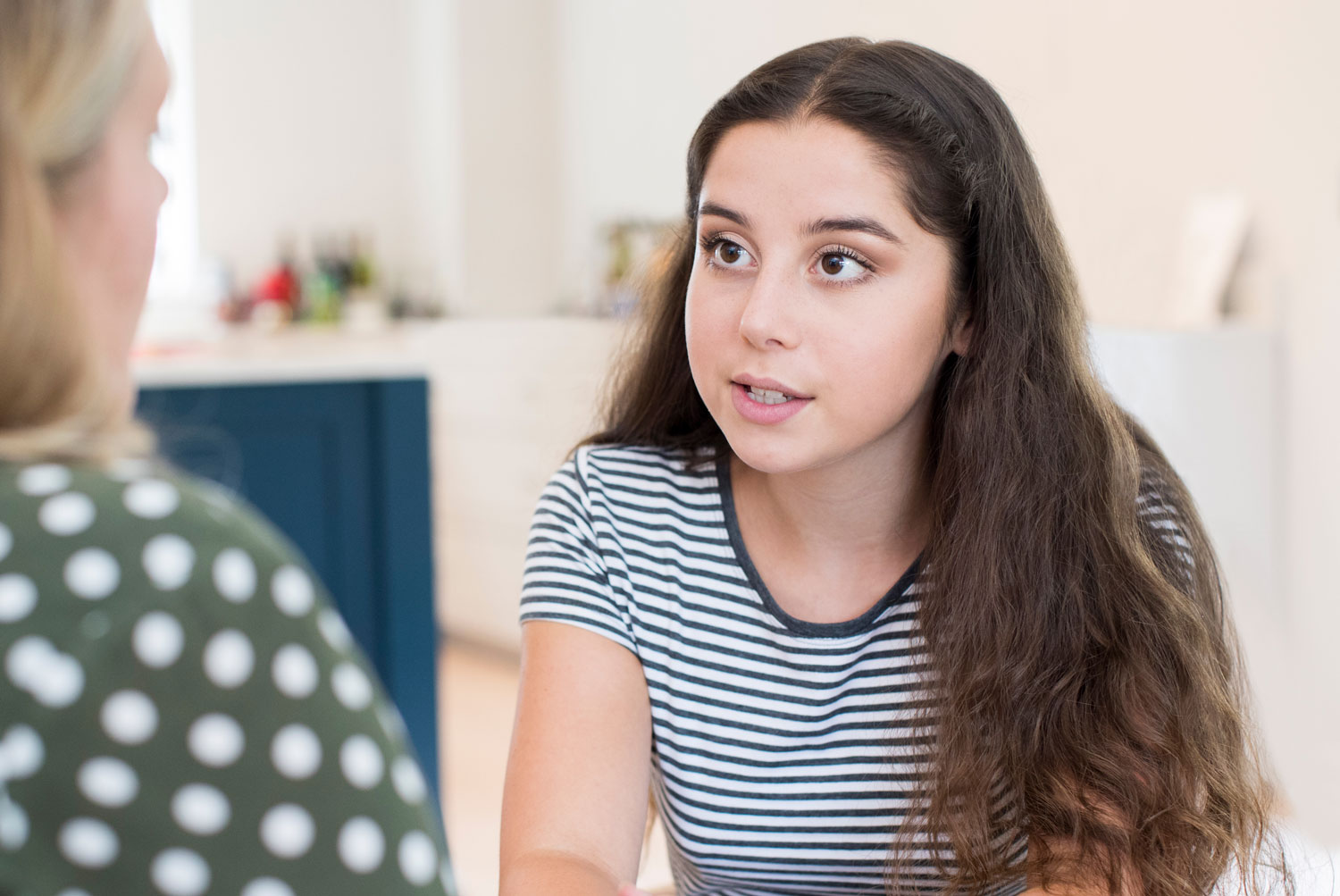
in Education
remember my first “new” car, the one I chose and figured out how to purchase. Instantaneously, the wrappers on the floor mattered and I monitored the mileage. Sure, I drove my parents’ car responsibly and did my best to remember to “leave it better than I found it,” but the motivation behind my actions pivoted—powerfully. It was my car. I owned it. I was grateful my parents walked me through the process of responsibly owning an automobile.
Empowering high schoolers to make responsible choices and begin to buy into their education is a bold idea, a process. It is a unique journey for each learner, an intentional path encouraged in practical ways. Mike and I have walked through and fostered educational ownership with four graduates. Though we used some common practices, adjustments were needed to tailor toward learning preferences, interests, and career choices. Adapt the following ideas for your learners as they progress on the natural quest for independence.
Give Time. One of the best gifts parents can give their high schoolers is time: time to develop, time to manage, and time to master. When parents micromanage the day, teens often default to waiting for someone to tell them what to do and how to do it. This can undermine their ability to discover their strengths and also whittle away at their confidence. Releasing responsibility to learners in small ways, beginning in the tween years, offers time for growth and practice while also preparing young people for bigger decisions. In the process, teens begin to seek and anticipate what God has for them, not only in the present but in the future. There’s excitement in thinking, “I wonder what God will provide and how He will orchestrate the details.” Placing trust in God, confidence in something greater than themselves, allows them a chance to see challenges as possibilities.
Accentuate the Positive. Words are powerful and life-giving. Doing life and learning together can be the fuel that ignites responsibility. Words like, “I trust you will figure out how to manage your time,” are stored, remembered, and recalled when things become challenging. Take note and acknowledge small strides; baby steps build big changes.
Sometimes our words speak confidence, but our body language or tone of voice communicates the opposite. For example, when I accompany my teen on an errand or to an event, tucking my phone away sends a message I am available for questions or discussion. Words matter, but eliminating distractions is equally as important.
Ask for Input. Our high schoolers often have more efficient and effective means by which to achieve a goal, master a skill, tackle an assignment, or complete a course. Asking how they would go about these accomplishments gives them a voice that can equate to instant motivation.
Be open. As teens begin to understand who they are and how they learn, be ready for changes or ideas and help them take the lead to implementation. Often my learners’ ideas are more ingenious and effective—like purchasing a different math curriculum or discontinuing the outsourcing of classes. The more teens feel listened to—more heard—the more they share.

Give Choice. Giving the ability to choose some courses or learning materials—a list of possibilities may be helpful to some learners—says, “I know you can make responsible choices.” If dual enrollment enters the plan, learning how to use Rate My Professor or search for the professor’s past syllabi online will give clues about content and format so learners can match their learning preferences with what is offered.
Ask Open-Ended Questions. Open-ended questions cannot be answered with yes or no and encourage deeper-level thinking and conversation, ushering in potential and possibility. Examples include:
- What do you want to study this year?
- What career fields do you find most intriguing?
- How do you see yourself using the skills you are learning in your future career field?
- What are your educational goals, and what do you need to accomplish those goals?
- What colleges would you like to attend, and what are their admission requirements?
- How are you adding value to someone in a consistent manner?
Open-ended questions help high schoolers capture a glimpse of the big picture, bring clarity to how to get from point A to point B and what that might require, and remind me that student-directed goals are not necessarily the same as parent-oriented goals.
Instill Confidence. None of us are immune from insecurities and discouragement. Recently, I asked my daughter what was helpful as she gained educational independence. Her answer encouraged me, “You had confidence in me when I didn’t have it in myself. Remember when I took that test? It was the ‘you got this, you studied well’ that provided me with the boost I needed.” Five years later, she remembered my confidence in her.
Celebrate Victories, Big and Small. Acknowledging accomplishments, even seemingly insignificant ones, boosts confidence and encourages. As your high schooler makes progress, say “way to go” with a cup of their favorite coffee, leave a few chocolates on a book, write a hand-written note, or offer an affirming word.
Get Practical. Study environment is important, but again, your idea of conducive may not be what your learner would consider helpful. Talk about setting up a productive work space based on what your learners believe they need. An extrovert may request noise-cancelling headphones to study around family in a common area. Introverts, on the other hand, may prefer a quiet beanbag nook or corner desk in the bedroom. Helping our high schoolers learn how they study best is key, for today and in the future.
Encourage Communication. Communication is an essential skill teens need for life. Teaching proper greetings and memo or email formatting for correspondence with an athletic director of a college, role playing a proposal of solutions to challenges with co-workers, or communication with mentors through step-by-step instruction empowers and boosts confidence for future connections.
Communicate Value. We all need to know we have the ability to contribute to something. When teens hear “your gift of hospitality and your smile helped people feel appreciated at the party today,” there is understanding about how their strengths and actions could be used to make a difference; they begin to grasp their potential impact on the lives of others.
Say “Yes.” Saying yes to an idea—even when it seems fruitless or unrealistic—fosters motivation, creativity, and responsibility, and it illuminates paths to otherwise unforeseen possibilities. Personal growth results. Thinking back to the yes answers I had a hard time relinquishing, I have no regrets. For one of our teens, saying yes launched a business, which led to paying cash to buy a car. To another, agreeing to a mission trip grew a long-term passion to eradicate poverty. Yes is skin in the game, a sacrifice demonstrating “I am behind you on this!” With God all things are possible, and many possibilities begin with “yes.”
Create Personalized Learning Goals. High schoolers can develop the ability to design their own individualized learning goals. Once the goals are decided, some learners will need help creating incremental deadlines and having a place to keep track of important dates, while others will innately know what needs to get done to reach those goals. This is an area where self-awareness and discipline develop over time.
Repurpose Mistakes. Mistakes and failure are inevitable—a part of stepping out and trying new things. As the bumps come, teens need reassurance and encouragement to welcome adjustments. Talking about what can be done differently and cheering on second and third tries will help develop essential soft skills, skills employers and team members seek: adaptability, collaboration, and flexibility. Satisfaction of success amid trial ushers in growth not possible by other means.
Find Mentors. Our son decided to build a 8×12 shed as his Eagle Scout project. Though I could help process a schedule, drive to appointments, and hammer nails, my construction knowledge was limited. I knew my son needed a mentor knowledgeable about the nitty-gritty details of the project. We prayed. In the end, he had three mentors for the project! Through the mentorship, he not only learned interpersonal communication and trade skills, he also benefited by partnering with experienced professionals.
Copy and Paste Links. Mike and I recently talked with a young lady who watches online documentaries. We encouraged her to continue her studies and keep a running log of the links she accessed. This digital document provided recordkeeping needed for her portfolio of work samples. Mom was relieved of the responsibility, and the learner felt confident and empowered.
Make Bullet Points. When your learner launches into an independent study, ask him or her to keep a running list of topics studied, URLs accessed, or book titles read. This is responsibility and ownership at its finest. It is the list that speaks volumes, affirming, “Ah, yes! There is something productive taking place.”
Determine Titles. Another mature step to ownership is allowing a student the ability to use his or her bullet list to create an accurate course title for the credit to be earned. Having studied content at a rich, deep level, I immediately defer to the learner, “What would you call this course?” I discovered learners with a passion area have better ideas about appropriate titles because of their advanced knowledge on the topic.
The more teens experience the positive results of their efforts or the personal satisfaction of growing in responsibility and independence, the more confident they become. In the process, they find their ability to express interest in a topic, initiate learning, and be responsible with their education.
